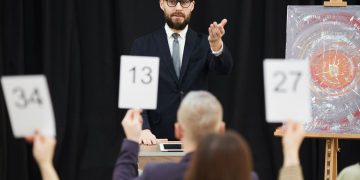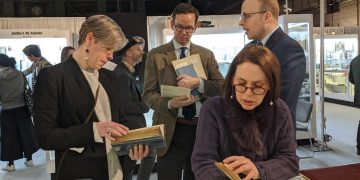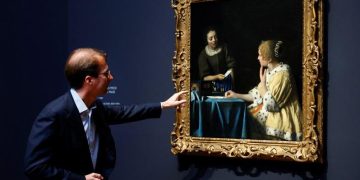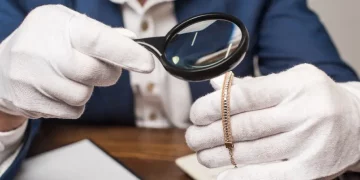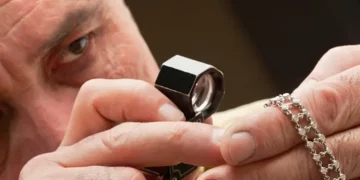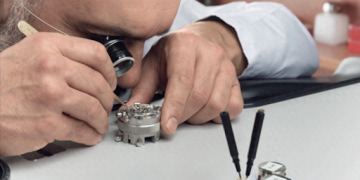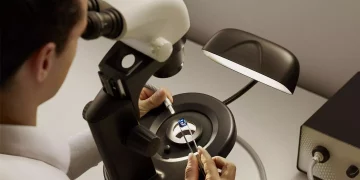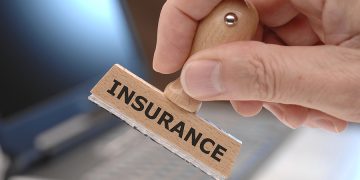When it comes to collectible investments, authenticity is everything. Collectors and investors alike are drawn to items with verifiable provenance and legitimacy, knowing that the market value of a genuine item is far higher than that of a forgery. However, not all collectibles are easy to authenticate, and some come with complicated processes that require specialized knowledge, tools, and expertise.
In this article, we’ll explore the most complex authentication processes for various types of collectibles, so you can be better prepared before diving into the world of high-value acquisitions. Whether you’re a seasoned collector or a first-time investor, mastering these authentication techniques will protect your investment and help you avoid costly mistakes.
1. Fine Art: The Challenge of Provenance and Expert Authentication
The art market is notorious for its intricate authentication process. For paintings, sculptures, and other works of fine art, the risk of encountering forgeries, replicas, or misattributions is particularly high. Forgery techniques have evolved over time, and many counterfeit artworks are created so skillfully that they can fool even seasoned experts. For this reason, it’s essential to understand the authentication process and the experts involved.
Key Challenges in Art Authentication:
- Provenance: Provenance refers to the history of ownership of an artwork. Verifying authentic provenance can be complex, especially when records are scarce or incomplete. Authenticating the provenance may require cross-referencing auction records, museum acquisitions, and even historical documents.
- Expert Analysis: Authenticating art involves technical analysis and often requires the expertise of art historians, conservators, and specialized art forensic scientists. These experts use tools like infrared reflectography, X-ray analysis, and microscopic examination to confirm an artist’s style, materials, and techniques.
- Signature Authentication: While a signature is an important part of verifying authenticity, forgers often replicate or even forge an artist’s signature. In some cases, it may be necessary to conduct scientific analysis of the paint, canvas, or other materials used to ensure the work is from the correct period.
Authentication Tips:
- Always work with a reputable gallery or auction house that provides authentication certificates from recognized experts.
- Request detailed provenance documentation to trace the ownership and history of the artwork.
- Be cautious of artworks without a clear history, as the lack of provenance can decrease both value and authenticity.
2. Rare and Vintage Watches: Authentication of Movements and Materials
The luxury watch market is one of the most rapidly growing sectors in the collectibles world, but it’s also one where forgeries and misrepresentations are common. Vintage watches, especially limited editions or models from renowned brands like Rolex, Patek Philippe, or Audemars Piguet, require careful authentication due to the intricacies of their movements, materials, and serial numbers.
Key Challenges in Watch Authentication:
- Movement Verification: The movement of a watch is a key indicator of its authenticity. A counterfeit watch may use a cheaper movement or a completely different mechanism from the original brand. Authenticating the movement often requires dismantling the watch and examining its internal mechanisms.
- Serial and Model Numbers: Many watches have serial numbers etched on their case, dial, or movement, but counterfeiters can replicate these numbers, so it’s crucial to verify the authenticity with official brand records.
- Material Identification: High-end watches are made from specialized materials like platinum, 18k gold, or ceramic. A thorough material test, including weight checks and metal composition analysis, can help ensure authenticity.
- Signature Markings: Certain luxury watch brands have specific engraving styles or logo designs that are difficult to replicate. Brand experts or professional watchmakers can examine these features for authenticity.
Authentication Tips:
- Always buy from authorized dealers or auction houses that have direct access to brand records.
- Request detailed photographs of the watch, including close-ups of the case back, serial numbers, and logos.
- Hire a professional watchmaker or expert to verify the movement and authenticity before making a significant purchase.
3. Rare Coins and Paper Money: The Complexity of Minting Details
Rare coins and paper currency are often one of the most coveted collectible assets, yet they come with some of the most complex authentication processes. Counterfeit coins and fake bills are common in the market, especially when dealing with valuable and rare gold, silver, or historical specimens. Authentication goes beyond checking for marks or dates; it requires a detailed examination of minting methods, materials, and unique characteristics.
Key Challenges in Coin and Paper Money Authentication:
- Mint Marks and Die Variations: Coins often have specific mint marks, which can be altered or replicated by counterfeiters. Die variations (differences in the way the minting die is used) are also important in authentication.
- Metal Composition: Coins made from precious metals like gold, silver, and platinum require metal composition analysis to ensure they match the specifications of the original minting.
- Paper Money Watermarks: For banknotes, the presence of watermarks, security threads, and micro-printing can help verify authenticity. Advanced tests like ultraviolet (UV) light scans or microscopic analysis may be necessary to detect hidden security features.
- Historical Context: Some rare coins or notes come from historical periods where records and minting practices may not have been well-documented. Verification often requires expertise in numismatics and historical research.
Authentication Tips:
- Consult certified numismatists or paper money experts who specialize in rare coins or currency.
- Use certification services like NGC (Numismatic Guaranty Corporation) or PCGS (Professional Coin Grading Service) to get coins authenticated and graded.
- When buying rare currency, make sure it’s graded and encapsulated by a reputable grading service, which ensures both authenticity and condition.
4. Vintage Cars: Verifying Original Parts and Documentation
The vintage car market is a high-stakes arena, with some cars fetching millions at auction. Restored or reproduced cars often have identical visual qualities to their authentic counterparts, but small differences in parts, chassis numbers, and documentation can make a world of difference in determining authenticity and value.
Key Challenges in Car Authentication:
- Chassis Numbers and VINs: Cars have specific Vehicle Identification Numbers (VINs) that must match up with manufacturer records. Counterfeiters can alter these numbers, so verifying them through official manufacturer databases is essential.
- Matching Parts: Vintage cars are prized for their originality. Even if a car looks visually stunning, if it’s been refurbished with non-original parts, it could lose significant value. Original parts should be confirmed with the help of specialized appraisers or mechanics who are familiar with the brand.
- Documentation and History: Just like art, provenance is a critical factor in a vintage car’s authentication. Detailed records of ownership, restoration, and maintenance can help confirm the car’s authenticity and provide context that can boost its value at auction.
Authentication Tips:
- Consult with classic car experts and restorers who are knowledgeable about the specific make and model you’re interested in.
- Ensure that the VIN and chassis number match the official manufacturer records or official databases.
- Request service records, restoration reports, and ownership history to verify provenance.

5. Sports Memorabilia: Authentication of Signatures and Equipment
Sports memorabilia, such as autographed jerseys, balls, and game-worn equipment, can be highly valuable, but they are often subject to fraudulent signatures and fake items. Whether it’s Michael Jordan’s jersey or a Tom Brady football, the authentication of autographs and game-used gear is a delicate and complex process.
Key Challenges in Sports Memorabilia Authentication:
- Signature Verification: Forged autographs are one of the biggest issues in the sports memorabilia market. Authenticating signatures involves expert analysis, including comparisons with known examples, ink analysis, and writing style examination.
- Game-Used Equipment: Items like jerseys, balls, and gloves that are claimed to be worn during important games need forensic testing to confirm the wear patterns and historical accuracy. The item’s provenance must be verifiable, with clear documentation from the team or league.
- Certificate of Authenticity (COA): While a COA can provide assurance, the issuer’s reliability is crucial. Some COAs come from less reputable sources, making it important to work with companies that have trusted reputations like PSA/DNA or JSA (James Spence Authentication).
Authentication Tips:
- Purchase authenticated memorabilia from trusted dealers or organizations that specialize in sports memorabilia.
- Cross-check the certificate of authenticity with the issuing body to ensure its legitimacy.
- Hire autograph experts to evaluate signed items before committing to a significant purchase.
Conclusion: Mastering the Art of Authentication
Navigating the world of collectibles requires expert knowledge, careful attention to detail, and a commitment to avoiding counterfeits and forgeries. Whether you’re looking to invest in fine art, vintage cars, luxury watches, or sports memorabilia, understanding the authentication process and seeking the help of professional experts is essential.
By familiarizing yourself with the common authentication techniques for each type of collectible, you’ll reduce your risk of purchasing fake items and improve your chances of making sound, profitable investments in the future. Always do your due diligence, work with reputable experts, and never overlook the value of provenance and documentation.












